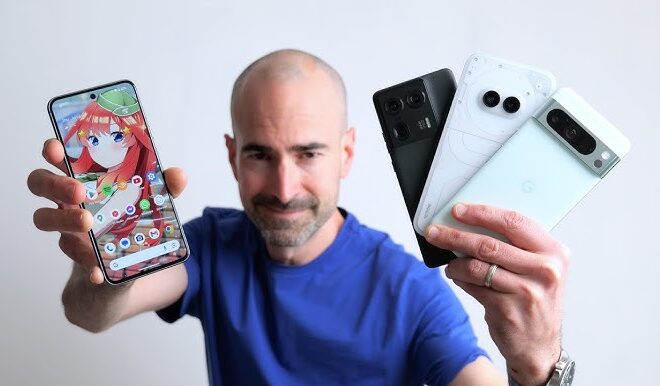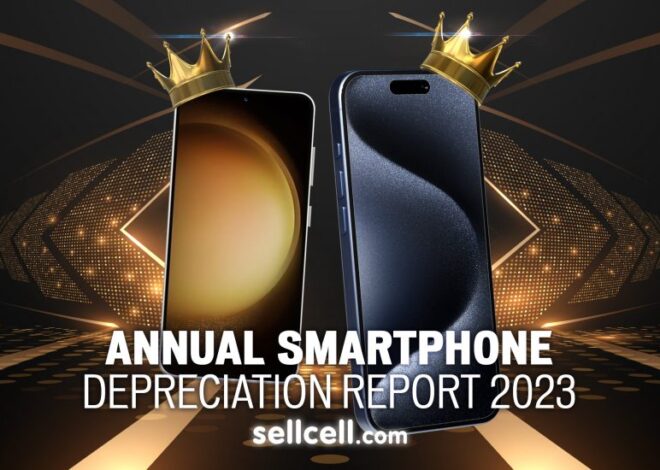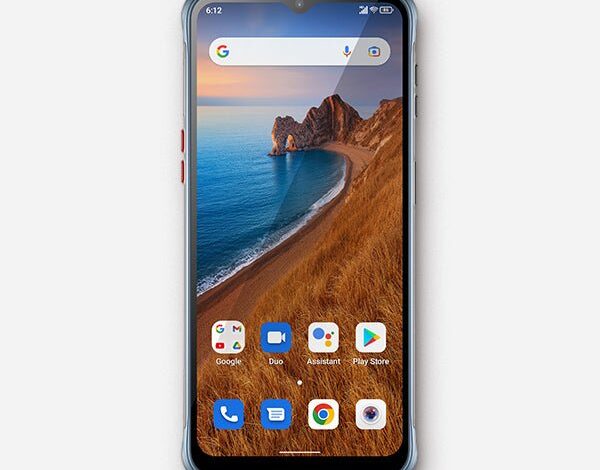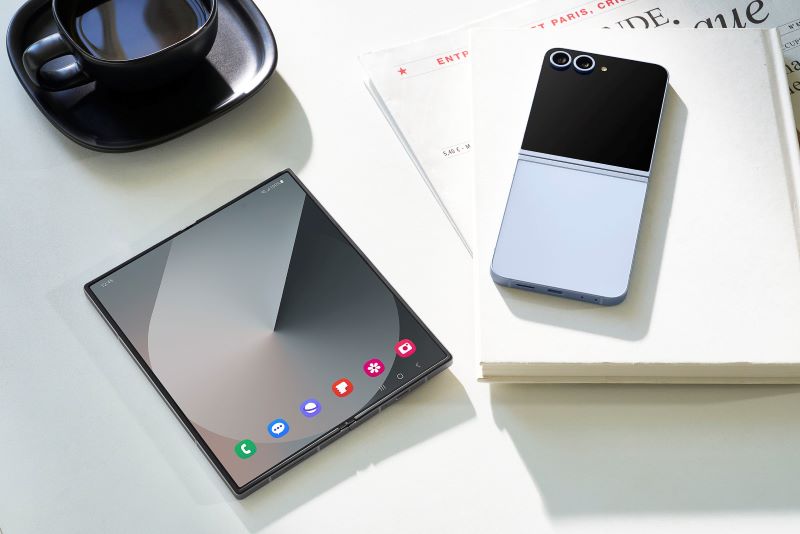
Beyond the Crease: A Deep Dive into the Future of Foldable Android Phones in 2025
The world of consumer technology moves at a blistering pace, but few innovations in recent years have captured the imagination quite like the foldable smartphone. Once relegated to the realm of science fiction and ambitious concept videos, these devices have rapidly evolved from fragile, first-generation novelties into a burgeoning category of premium Android phones. While early models were plagued by concerns over durability, prominent screen creases, and astronomical price tags, the industry has made remarkable strides. As we look toward the horizon, 2025 stands as a pivotal milestone where foldable technology is poised to transition from a niche enthusiast product to a mainstream contender. This article delves into the technological advancements, software ecosystems, and market shifts we can expect to see, painting a comprehensive picture of the foldable Android gadgets that will define the mobile landscape in the near future.
The Evolution of the Foldable Form Factor: From Niche to Necessity
The journey of the foldable phone is a testament to relentless engineering and market adaptation. What began as a bold experiment is now a mature product category with established design languages. By 2025, this evolution will not only continue but accelerate, bringing more refined designs and entirely new concepts to the forefront of the latest Android news.
From Novelty to Mainstream Refinement
The first wave of foldable Android phones, while groundbreaking, came with significant compromises. Early adopters contended with delicate plastic screens, bulky hinges susceptible to debris, and software that often felt like a beta test. Fast forward to today, and the improvements are night and day. Ultra-Thin Glass (UTG) has replaced plastic, offering a more premium feel and improved scratch resistance. Hinge mechanisms have become engineering marvels, enabling smoother actions, “Flex Mode” postures, and enhanced water resistance.
By 2025, these refinements will be considered standard. We anticipate the near-total elimination of the visible screen crease, a feat achieved through advanced teardrop-style hinge designs and more resilient, self-healing display materials. Durability will reach parity with traditional flagships, with robust IP ratings for dust and water resistance becoming a universal expectation, not a premium feature. The overall chassis of these devices will also become thinner and lighter, addressing one of the last major hardware complaints—that current foldables are too cumbersome for comfortable one-handed use or pocketability.
Diversification of Designs: Beyond the Book and Clamshell
Currently, the market is dominated by two primary form factors: the large, tablet-like “book-style” fold (e.g., Samsung Galaxy Z Fold series) and the compact, pocket-friendly “clamshell” (e.g., Samsung Galaxy Z Flip series). While these will continue to be popular, 2025 will be the year of form factor diversification. The industry is actively experimenting with more ambitious designs that push the boundaries of what a mobile device can be.
- Tri-Fold Devices: Imagine a phone that unfolds not once, but twice, transforming from a standard smartphone size into a sprawling, full-sized tablet. These “Z” or “G” shaped folding patterns could offer unparalleled screen real estate for productivity and media consumption, effectively merging three device categories—phone, small tablet, and large tablet—into one.
- Rollable and Slidable Screens: Moving beyond a simple hinge, rollable technology allows a screen to unfurl or extend from the main body of the device. This provides a variable screen size on demand without the bulk of a folding mechanism. A phone could transition from a 6.5-inch display to an 8-inch display with the press of a button, offering a seamless and futuristic experience.
- Fold-and-Slide Hybrids: The most advanced concepts combine these technologies. A device might unfold like a book and then have one side slide out further, creating an even more unique aspect ratio perfect for cinematic content or complex multi-app workflows. These advanced Android gadgets will redefine mobile multitasking.
Under the Hood: The Technological Leaps Fueling 2025’s Foldables
The futuristic form factors of 2025 will be underpinned by significant advancements in core component technology. From the display itself to the battery powering it, every aspect of the foldable phone is being re-engineered to overcome the unique challenges presented by a flexible chassis.
The Display Dilemma: Perfecting the Flexible Panel
The flexible OLED panel is the heart of any foldable phone, and it’s where some of the most critical innovations will occur. By 2025, the technology will have matured significantly:
- Next-Generation UTG: The Ultra-Thin Glass used in today’s foldables will be replaced by more durable and flexible variants. We can expect glass that can withstand more folding cycles, resist scratches more effectively, and potentially incorporate new properties, such as improved anti-glare and anti-fingerprint coatings.
- Under-Display Everything: The quest for an all-screen experience will culminate in perfected under-display camera (UDC) technology. By 2025, UDCs on inner foldable screens will be virtually invisible, offering image quality on par with traditional selfie cameras. We may also see under-display sensors for facial recognition and other biometrics, eliminating the need for any cutouts or notches on that immersive main display.
- Power Efficiency and Brightness: New OLED material compositions, like advanced LTPO (Low-Temperature Polycrystalline Oxide) backplanes, will allow for more dynamic refresh rates (from 1Hz to 240Hz) and significantly higher peak brightness levels for superior outdoor visibility, all while consuming less power.
Hinge Engineering and Battery Innovations
A foldable is only as good as its hinge, and the battery life must support its expanded capabilities. In 2025, both areas will see major upgrades. Hinge mechanisms will become “gearless” or use new composite materials to be smaller, lighter, and more durable, enabling thinner device profiles. The perennial challenge of battery life in a device with two halves is being addressed with new battery technologies. We can expect to see stacked or multi-cell battery designs that are more space-efficient, coupled with faster charging standards (both wired and wireless) and the efficiency gains from next-generation processors built on 3nm or even 2nm architecture. This combination will finally allow foldable phones to offer all-day battery life, even with heavy use of the large inner screen.
The Software and Ecosystem Experience: Unleashing True Potential
Hardware is only half the story. The ultimate success of foldable Android phones hinges on a software experience that is intuitive, powerful, and fully optimized for the unique form factor. By 2025, the software ecosystem will have finally caught up to the hardware’s ambition.
A Foldable-First Android Experience
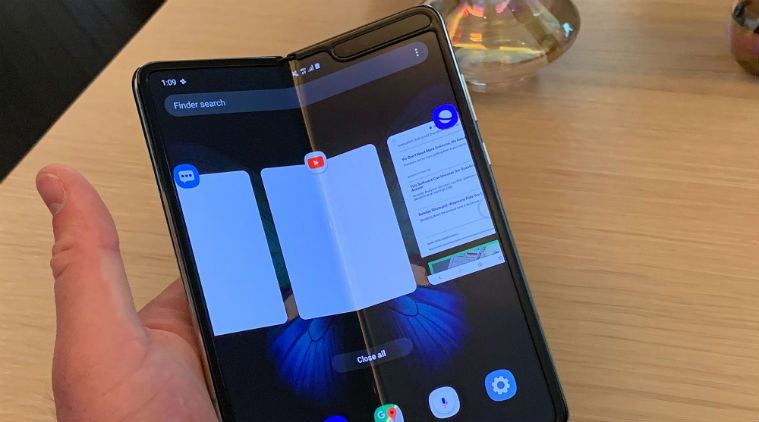
Google’s introduction of Android 12L was a crucial first step, providing developers and manufacturers with the tools to build apps for large and foldable screens. By 2025, these features will be deeply integrated into the core of Android. We can expect a highly refined multitasking system that goes far beyond the current split-screen implementation. Imagine dragging and dropping content seamlessly between three or even four active apps on a tri-fold device. The taskbar, a key feature for desktop-like productivity, will become more intelligent, predicting app combinations you frequently use together. App continuity—the seamless transition of an app from the small outer screen to the large inner one—will be flawless and universally supported across the app ecosystem.
Closing the App Gap
One of the biggest hurdles for current foldables is the “app gap,” where many popular applications are not optimized for the larger, squarer aspect ratio of the inner display, resulting in black bars or stretched interfaces. As foldable market share grows, developers will have the financial incentive to invest in creating bespoke foldable layouts. By 2025, it will be standard practice for major apps in productivity (Microsoft 365, Google Workspace), social media (Instagram, TikTok), and media (YouTube, Netflix) to offer a rich, multi-pane interface that takes full advantage of the extra screen real estate. This will transform these devices from content consumption gadgets into powerful content creation and productivity tools.
Market Dynamics and Consumer Recommendations for 2025
The technological and software advancements will be met with a shifting market landscape, making foldable phones more accessible and appealing to a broader audience. For consumers, this means more choices and more compelling reasons to make the switch.
![foldable smartphone evolution - Galaxy History ①] Evolution of the Galaxy Z Fold Series: Thinner ...](https://img.global.news.samsung.com/global/wp-content/uploads/2024/06/SA96641.jpg)
The Price of Innovation: The Path to Affordability
Price has been the single biggest barrier to mass adoption. However, as manufacturing processes mature, supply chains become more efficient, and competition intensifies, prices will inevitably come down. By 2025, we predict that flagship “book-style” foldables will launch at prices comparable to traditional “pro” or “ultra” slab phones (around the $1200-$1400 mark). More excitingly, the market will likely see the emergence of a “mid-range” foldable category, with clamshell-style devices potentially hitting a sub-$700 price point. This democratization of the technology will be the final catalyst needed for foldables to capture a significant share of the overall smartphone market.
Tips for the 2025 Foldable Buyer
If you’re considering a foldable phone in 2025, your checklist will be different from today’s. Here are some key considerations:
- Evaluate the Form Factor: Don’t just buy a foldable for the novelty. Consider your use case. Do you need a productivity powerhouse that can replace a tablet? A book-style or tri-fold is for you. Do you prioritize portability and style? A clamshell will be the better choice.
- Scrutinize the Software: Look beyond the hardware specs. How well does the manufacturer’s version of Android handle multitasking? Is the transition between screens seamless? Are there exclusive software features that add real value?
- Don’t Settle on Durability: By 2025, there should be no excuses. Demand high IP ratings for dust and water resistance, look for reviews that test the hinge mechanism rigorously, and inquire about the warranty and repair costs for the delicate inner screen.
Conclusion: The Foldable Future is Here
Looking ahead to 2025, it’s clear that foldable Android gadgets are set to complete their transformation from a curious experiment into a mature and compelling product category. The convergence of near-perfect hardware, diversified form factors, a robust software ecosystem, and more accessible pricing will create a powerful value proposition for consumers. The question will no longer be “if” you should buy a foldable phone, but “which” foldable phone best suits your lifestyle. By solving the core challenges of durability, software optimization, and cost, the foldable phones of 2025 will not just be an alternative to the traditional smartphone; for many, they will be the definitive evolution of personal computing, folding a world of possibility right into your pocket.

